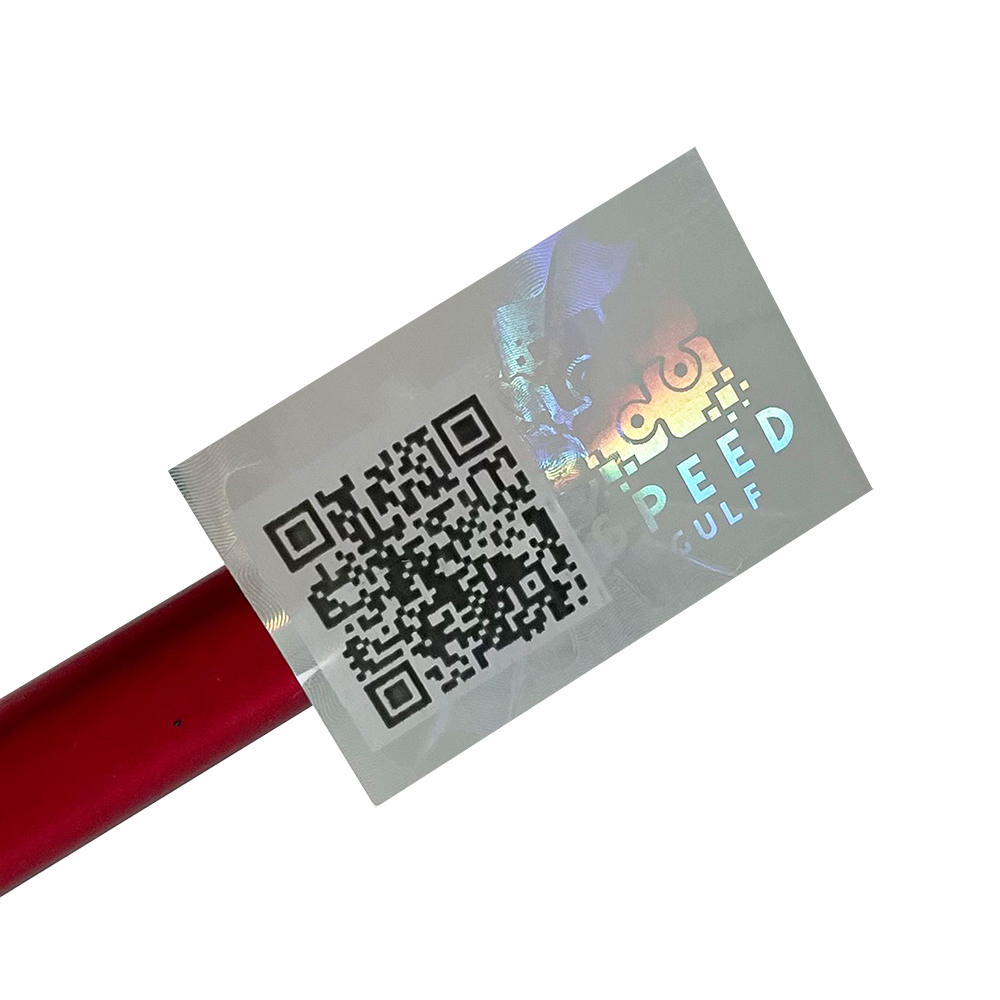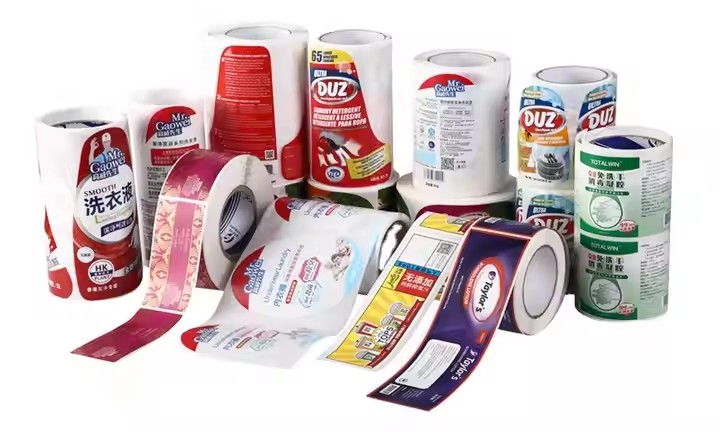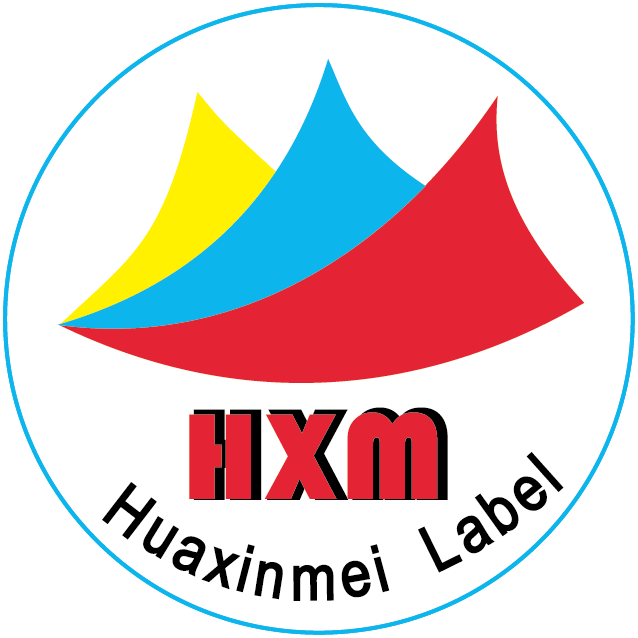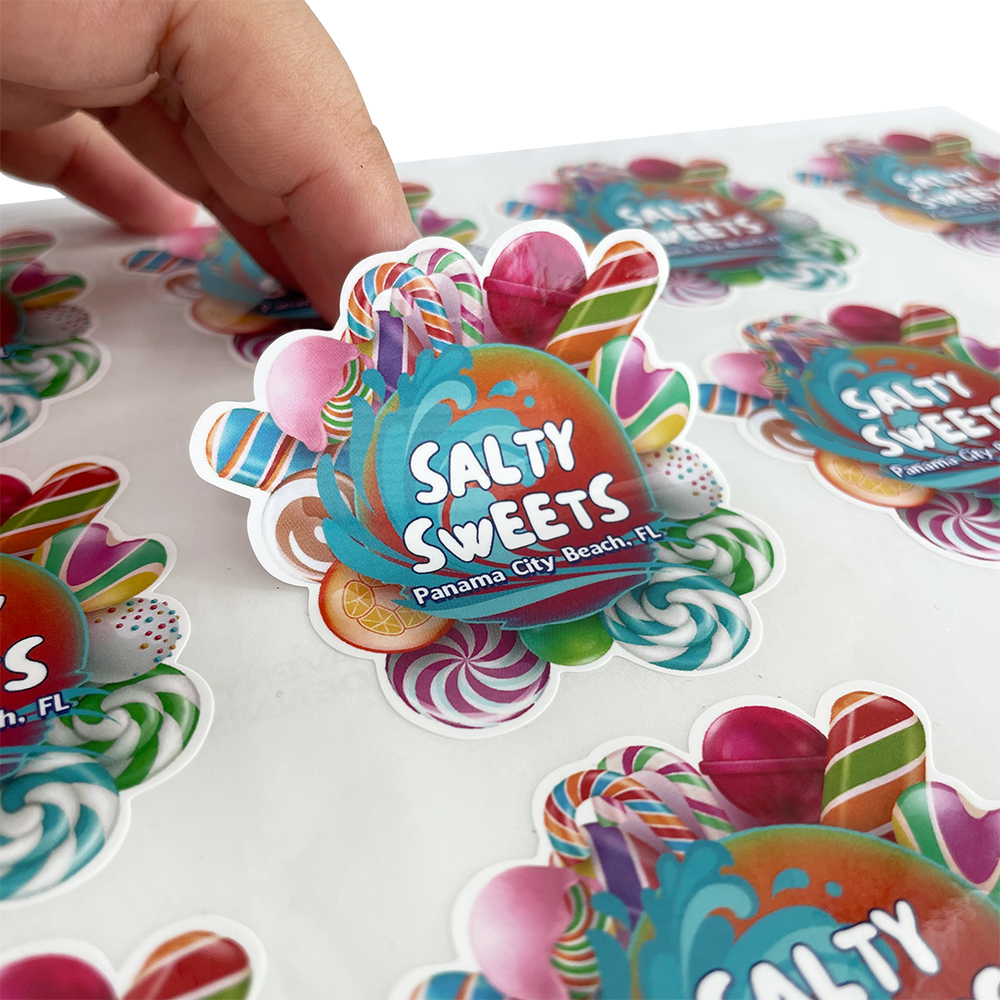Color labels are used in many different areas like toys, trendy products, and the cultural industry. They are popular because they are beautiful, eye-catching, and easy to notice.
- Industry and Warehousing: Color Improves Efficiency
In factories and warehouses, color labels help people work faster and make fewer mistakes. Using different colors to show product types or machine status helps save time and reduce errors.
Production Process:
Machine Status: Red means broken or dangerous, yellow means needs repair, green means working fine.
Parts Sorting: Different parts use different label colors. For example, resistors get blue labels and capacitors get green.
Batch Control: Food factories use different colors to show production dates and help track expiry times.
Warehousing and Logistics:
Storage Areas: Use colored zones—red for urgent items, blue for regular stock, yellow for returns.
Shipping Routes: Trucks use color labels to show where they are going, helping GPS systems plan better routes.
Danger Signs: Chemicals use color labels like orange for flammable items and black for toxic materials.
- Medical and Healthcare: Color Means Safety
In hospitals, color labels help reduce mistakes and make patient care safer.

Patient Care:
Wristbands: Red for emergency patients, yellow or green for others. Allergies can be shown by wristband colors.
Lab Samples: Blood, urine, or tissue samples use different color labels to avoid mix-ups.
Medicine: Pink for children’s drugs, blue for mental health drugs, and black borders for dangerous medicines.
Medical Tools and Supplies:
Maintenance Tracking: CT or MRI machines use color labels to show maintenance schedules.
Sterilization Proof: Sterile packages have labels that change color after high-heat treatment to prove they’re clean.
- Retail and Fast-Moving Goods: Boosting Sales with Color
In stores, color labels are used for more than just prices—they help with marketing and product display.
Promotions and Displays:

Price Tags: Green for low prices, red for discounts, yellow for new items.
Product Areas: Blue for seafood, orange for fruit, green for organic vegetables.
Branding: Stores like Starbucks use seasonal colors for drinks and packaging to increase sales.
Tracking and Safety:
Expiry Alerts: Milk labels change from blue to red when not stored properly.
Fake Product Detection: Luxury brands use special color tags that glow under UV light to prove the item is real.
- Education and Office Use: Organizing Information
Color labels are also useful in schools and offices. They help people sort things, manage time, and be more creative.


